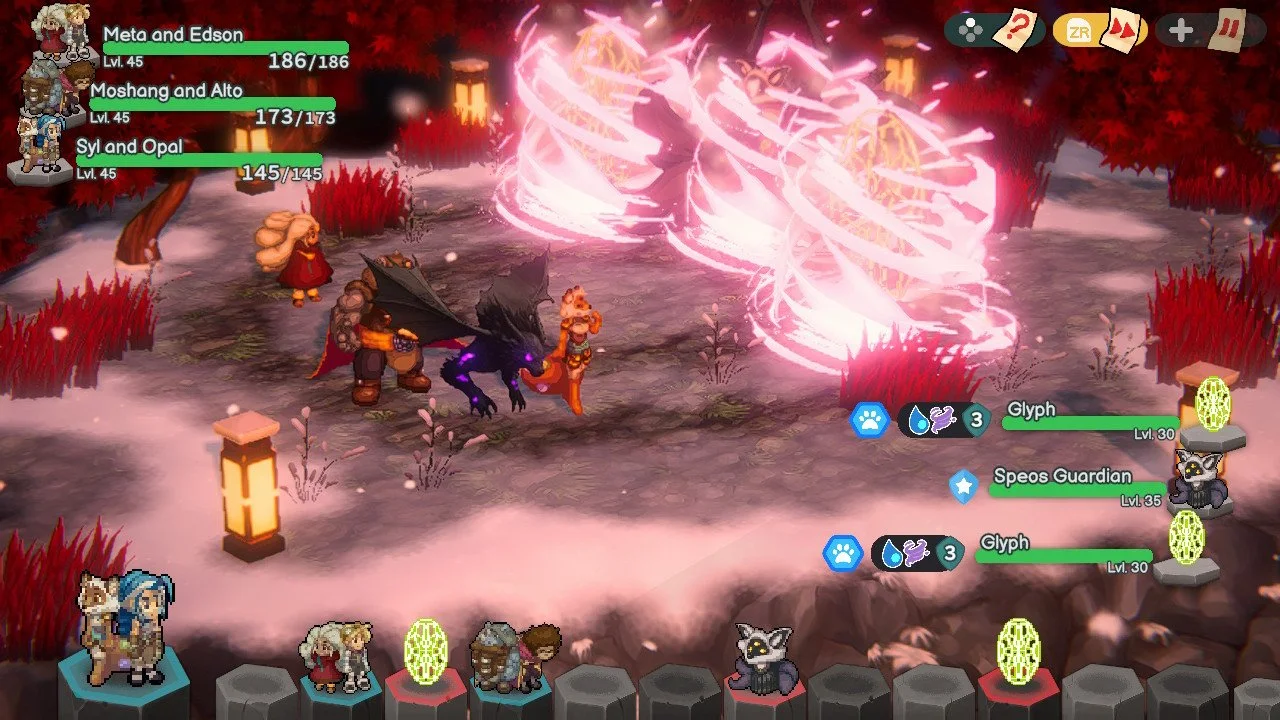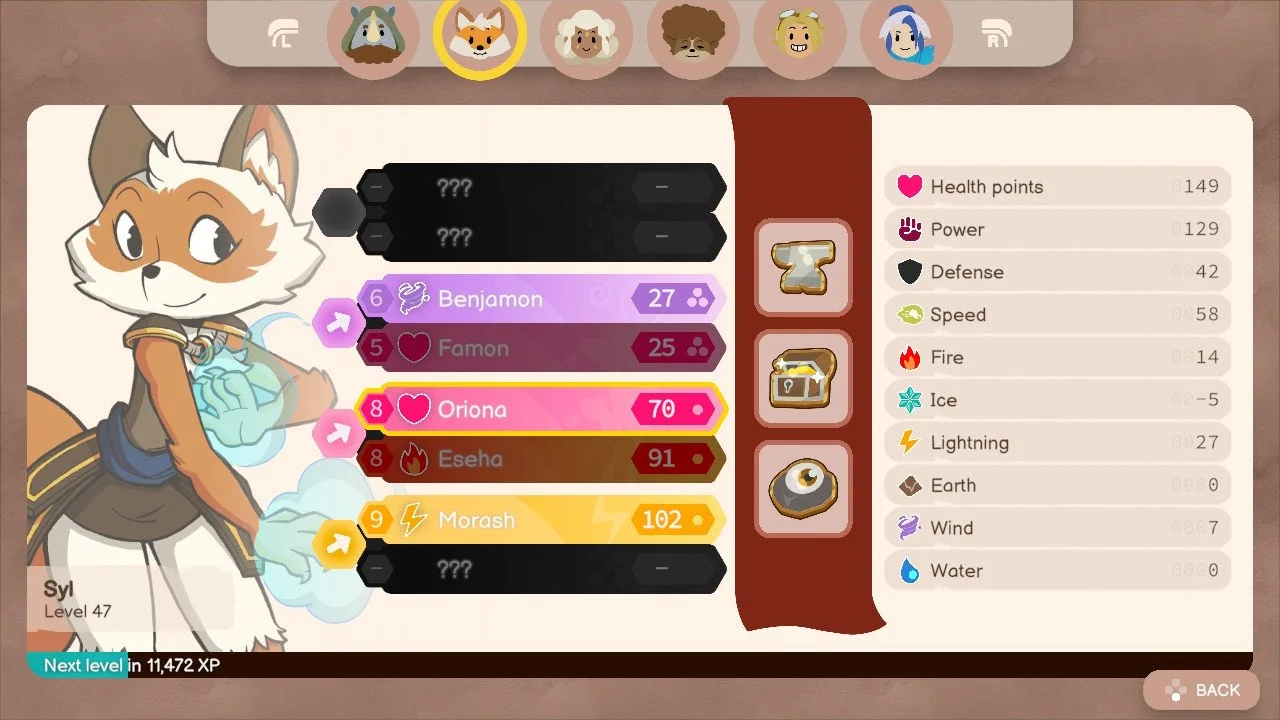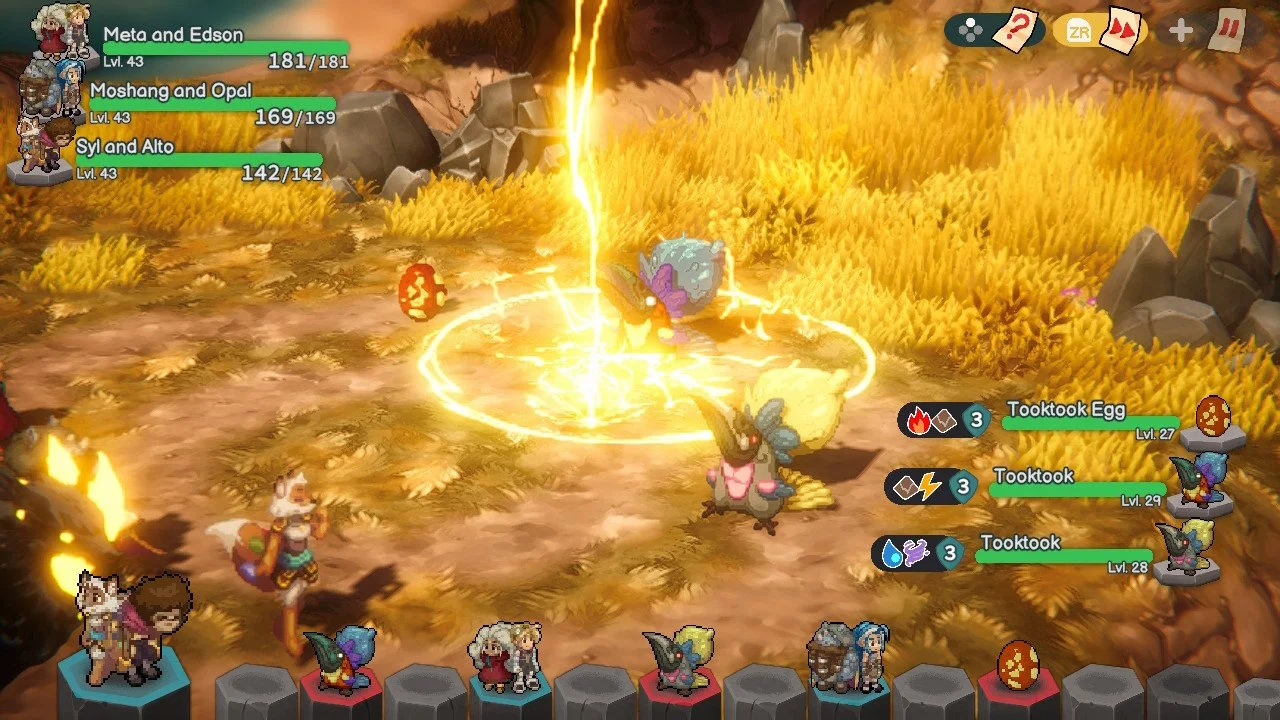Nearly Terra-ific.
Terra Memoria comes to us from La Moutarde, the studio behind Old School Musical. It was clear then as it is now that La Moutarde is certainly a product of their inspirations, creating experiences that harken back to the games of yesteryear. Terra Memoria follows in the trend of HD-2D games, having a very particular look to them. Clocking in at around 18-20 hours, Terra Memoria certainly feels inspired by titles such as Grandia and delivers a fairly decent adventure by its end, even if doesn’t really bring a lot of new ideas with it.
In Terra Memoria, the world is powered by crystals. They power their phones, trains, elevators, and even their refrigerators. However, the story begins as a shortage has taken over, resulting in chaos as people are left wondering how they will survive when their supply runs out. While certain solutions to aid the people present themselves, our team of heroes is tasked with discovering the truth behind the shortage, even as those around them start to move on from the crystal-fueled life they have always known. At the heart of this shortage is also a robotic race called the Carcasses from a long time ago. They are your general antagonist here as you’ll encounter all shapes and sizes of this threat.
The story itself is pretty decent and keeps you getting to know your cast of characters well. You’ll have campfire discussions as you prepare food to boost your stats, as well as missions tied directly to each team member, furthering their own story, abilities, and more. I will say that on the Nintendo Switch OLED, the word balloons have a font color that tends to blend into the word balloon background a bit too much, making some moments hard to read when playing on the go.
As you start the game, you’ll take on the role of a mage who is tasked with defending a barricade that has been destroyed, causing this machine threat to swarm the town. However, as you rebuild the barricade after wiping them out, you’ll then swap to a summoner who has left their order to discover the whereabouts of their family, who in the past few years, have moved away. Eventually, you’ll discover a young man with robotic arms, powered by crystals, who will join you on your quest. These three heroes then band together in an effort to discover the cause of the shortage and other mysteries of the world.
Supporting them is a series of three other characters, a bard, a young girl with a mysterious past, and a blacksmith who join in a supporting role, affecting your combat options differently depending on who they pair up with. This pairing is random across each combat encounter, causing some abilities to act differently from the next. Thankfully, you can disable certain pairings should you find certain combinations to have a downside to your play style.
Combat is turn-based with a turn-order clearly visible at the bottom of the screen. Each enemy has a shield rating at the start of the battle and applying an attack that is tied to their weakness will reduce it by two whereas a standard attack that doesn’t affect their weakness will reduce it by 1. Once it hits zero, any attack will then cause it to move down the order list, delaying its attack for a single turn. Your attacks also dictate when you can attack again. Stronger attacks will see your place move further down the order whereas weaker attacks will see you attack sooner.
This system is put in place to have you constantly delaying an enemy's attack in order to clean house. As enemies have a set level, you can certainly over-level them to have an advantage, even if combat is largely pretty easy for the most part, with only bosses really giving you any trouble. This only really changes when certain enemies can bypass that turn order, such as one that states they are “impatient” and then suddenly attacks. These occurrences are few, but they sort of betray the idea of what this system is all about, making their appearance here to be more unpredictable and annoying than contributing to enhancing the combat system. Thankfully, the game allows you to speed up battles, I just wish I didn’t have to hold the button down.
This is where certain pairings have their advantages. Each attack can either hit a single enemy or all of them, indicated by a single dot on its icon or three. If the attack hits every single foe, it is weaker, whereas the single enemy attacks are considerably stronger. The support classes affect how your attacks function, especially as you can swap certain attacks to the other type, such as making your electrical attack hit one enemy or all of them, or even turning it from an attack to a healing ability. This all factors on which support character is paired with your combat character. And should you fall in battle, the downed character will have a timer before rejoining, albeit with next to no health.
Combat occurs when you come into contact with a wisp. These range in color and difficulty, meaning you won’t know the level of your opponents until you are locked in battle. Granted, you rarely will enter an area that you are not truly prepared for, and even then, you can run around and grind for a short period of time to make battles a bit easier for you. Leveling is done by resting at a campfire or an Inn as the cumulative experience that you’ve earned since the last rest is then applied to your character. There were times when I would grind for a few hours, only to come back to the campfire and see my character rise 6 or 7 levels at once, making me drastically stronger than what I was currently facing. After maybe two overall grind sessions, I was prepared for anything that came my way.
You can also craft pins at your campfire, allowing you to apply certain perks and buffs to your character. Each of the characters that fight can equip three pins, allowing you to increase stats like strength, health, or elemental attacks, making them far stronger. Pins are also a good way to make money as selling them can result in a lot of gold.
While Terra Memoria is quite linear, you have a lot to explore. Chests are almost always off the beaten path and there are a lot of side quests to take in. The quest journal oddly reminded me of Days Gone as it would chart a lot of different tasks at once, showing how many steps it takes to complete it. I always felt like I was accomplishing something as I would kill enemies, track down items, and visit new towns.
Additionally, Terra Memoria has a building mechanic that has you constructing barricades, whole villages, and more. While it can feel a bit tacked on, the idea is solid, even if the execution isn’t great. About midway through the game, you’ll be able to construct a village, but the way the tools work doesn’t feel great. Adjusting the angle of a staircase to the way you draw paths, doesn’t feel well-suited to the location. It was a system I rarely spent time with as it never felt great to use, despite the depth and attention put into it.
What I enjoyed the most about Terra Memoria were its characters. Moshang, Syl, Meta, Opal, Edson, and Alto, each have moments to shine, even Alto’s reason for joining up didn’t feel as earned as the others. While I think voice acting would have really hit home for a game filled with such diverse personalities, it certainly isn’t a deal breaker that there isn’t any. The game is also filled with a ton of side characters, but few really felt they had the depth of what the main group was given.
Terra Memories blends pixel art with 3D visuals and it generally works here. I found the Switch version of the game to feel a tad slow in moving around, but as this was constant, it felt deliberate to echo the inspirations it draws from. I think that many of its locations really do look great and offer multiple paths and environments to explore, even if a few areas seem to have their look reused a bit too much. However, given this is a small team, I can easily overlook that given the costs of constantly having original assets spread across an entire game.
Terra Memoria certainly has the low price to justify itself in the market, especially releasing around the time of a lot of indie games struggling to get seen. Between this and Eiyuden Chronicle: Hundred Heroes, I certainly favor the latter, but each game feels like it honors the past in their own way, resulting in two games that are very impressive. Terra Memoria does a great job at presenting its story, characters, and combat in a very easy-to-read package, making it a fun almost bite-size adventure that is certainly worth the journey.
Developer - La Moutarde.
Publisher - Dear Villagers.
Released - February 5th, 2024 (Switch - March 27th).
Available On - Nintendo Switch, Xbox Series X/S, PS5, MacOS, Windows.
Rated - (E10+) - Alcohol Reference, Fantasy Violence, Mild Language.
Platform Reviewed - Nintendo Switch.
Review Access - Review code was provided by the publisher for the purpose of this review.
















Jeff is the original founder of Analog Stick Gaming. His favorite games include The Witcher III, the Mass Effect Trilogy, Hi-Fi Rush, Stellar Blade, Hellbade: Senua’s Sacrifice, and the Legend of Heroes series, especially Trails of Cold Steel III & IV.